Ford Fiesta Hatchback (2017-2023) engines, drive and performance

- Petrol-only line-up, with mild-hybrid boost
- Four engines, multiple power outputs
- No fully-electric versions on the cards
Petrol engines
There were four main engine options to choose from at the end – a mix of standard petrols and mild-hybrids, ranging between 75 and 155hp. The 200hp Fiesta ST is covered by its own review.
The cheapest 75hp 1.1-litre engine came with a five-speed manual gearbox and, with just 105Nm, produced half the torque of the 125hp model. It’s a simpler, older design of engine which offers performance from an earlier generation as well. How does a 14.5-second 0–62mph time sound?
Most later Fiestas were therefore fitted with one of three turbocharged 1.0-litre three-cylinder petrol engines. The least powerful model had 100hp and 170Nm of torque; the mid-range option had 125hp and 180Nm of torque, while the most potent model offered 155hp and 190Nm of torque.
The 100hp version has enough poke to shift the Fiesta along, but it won’t set your pulse racing. In reality it’s not that much slower than the 125hp (or earlier 140hp) engines, but feels a little restrained. The 125hp model is a great middle ground, offering a 0–62mph time of 9.4 seconds, more sprightly in-gear performance and similarly affordable fuel costs.
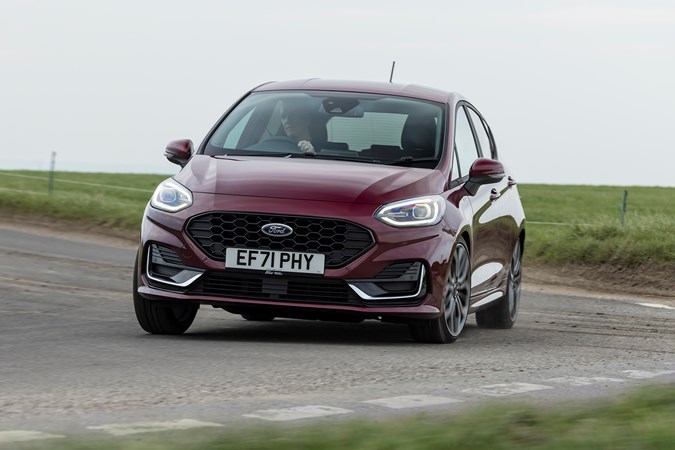
We think the 155hp engine was the best of the bunch – but then, it should be given it was the second-most expensive Fiesta in the pricelist. There’s a lot more mid-range muscle thanks in equal measure to the turbocharged and the mild-hybrid system. It pulls well from 30mph in third gear right up to the national speed limit.
The three 1.0-litre engines came with a six-speed manual gearbox as standard, as well as Sport or Eco drive modes to adjust the throttle response. The gearbox has a snappy shift action, which encourages you to row through the ‘box to get the best from the engine. ST-Line versions are even more encouraging to drive with a shorter, stubby gear lever.
You could have a seven-speed dual-clutch automatic gearbox with the 125hp engine, but we advised against it. It’s not that it’s a bad transmission, but the Fiesta’s excitable nature doesn’t really suit an auto. It seems to make the engine labour at higher rpm and you can’t control the gears manually, so it’s certainly best to stick with the manual if you prioritise performance over convenience.
Our biggest criticism was that the Fiesta couldn’t match the likes of the Vauxhall Corsa or the Renault Clio for electrification. You can specify the former with a pure-electric powertrain. The latter is available with a full hybrid system.
What’s it like to drive?
- As good, if not better, than ever
- A benchmark for ride and handling
- Easy to park and turn in small spaces
The steering was lighter than the previous-generation Fiesta’s, but wonderfully immediate and predictable. You can confidently drive the Fiesta down a fast B-road because you can feel exactly what the car is going to do.
The amount of grip was higher than ever, but it’s the way it soaked up lumps and bumps in the road that really stood out. In fairness, the seventh-generation Fiesta was good at this too, but jumping out of rival cars it’s very noticeable indeed. Ford’s technicians did lots of work on the brakes, too, with a sharper initial bite and far shorter stopping distances. This doesn’t translate to a ‘grabby’ pedal feel, though – as with the rest of the car’s handling, it always felt very well resolved and harmonious.
Choose a Fiesta ST-Line and you got a different experience. The biggest changes were more responsive steering and a 10mm ride height drop that kept body roll in check. Despite that, and its larger 17-inch alloy wheels, the ride remained supple, avoiding the harshness some manufacturers consider ‘sporty.’
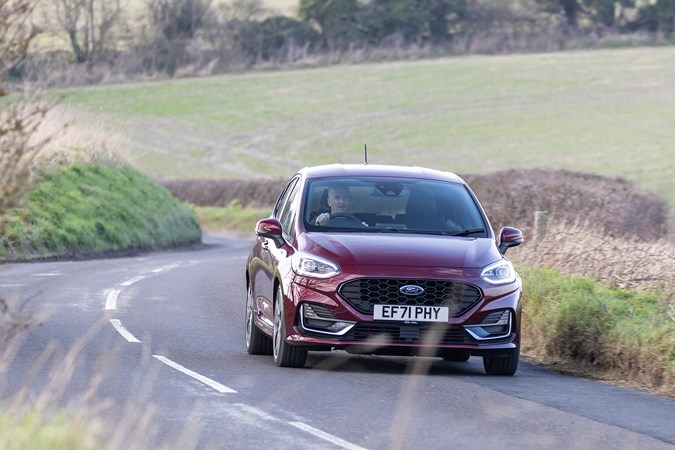


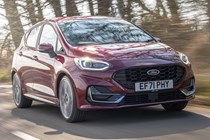
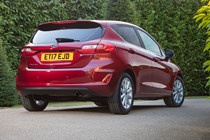
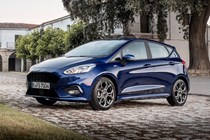
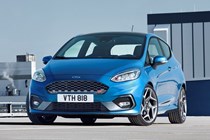
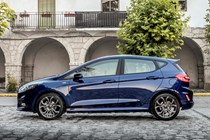
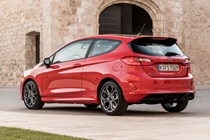
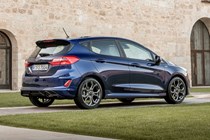
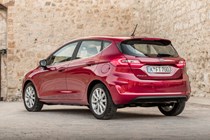


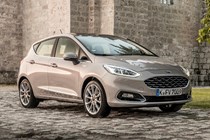
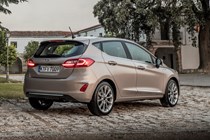
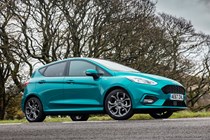
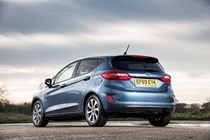
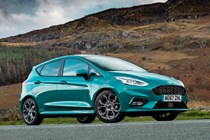
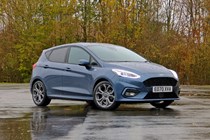
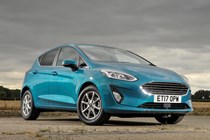

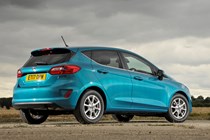
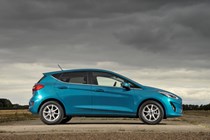
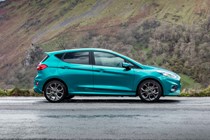
.jpg)
.jpg)
.jpg)
.jpg)
.jpg)
.jpg)
.jpg)
.jpg)
.jpg)
.jpg)
.jpg)
.jpg)
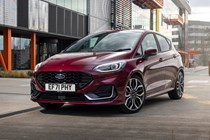
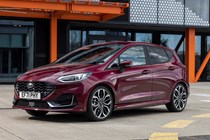
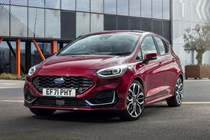
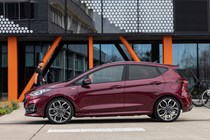

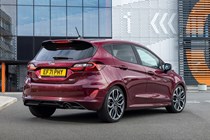
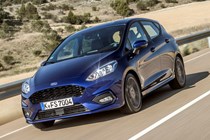
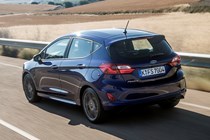
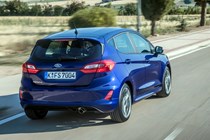
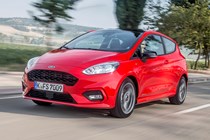
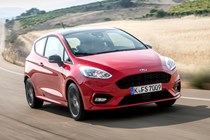
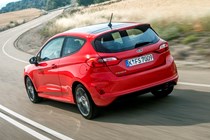
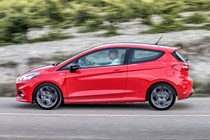
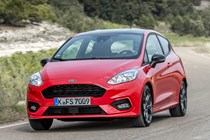
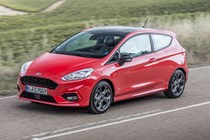
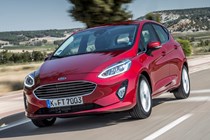
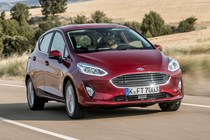
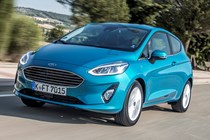
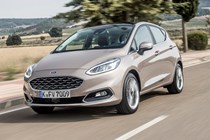
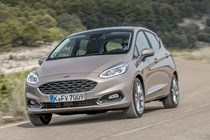
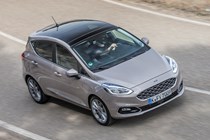
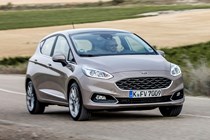
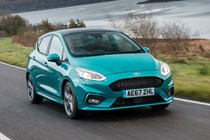
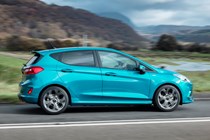
.jpg)
.jpg)
.jpg)

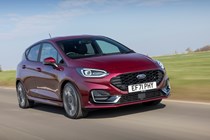
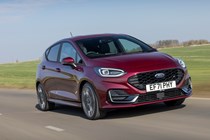
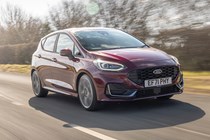
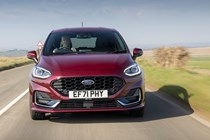
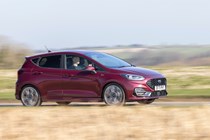

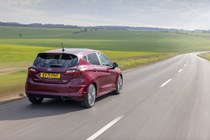
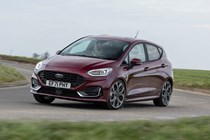
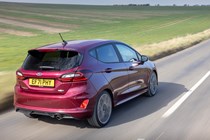

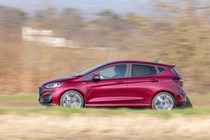

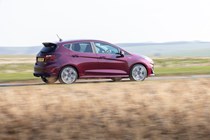
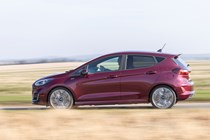

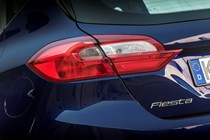
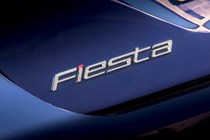

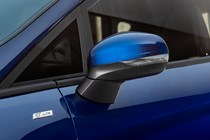
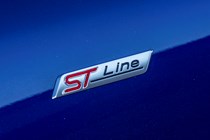
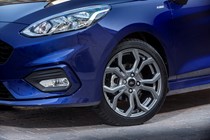

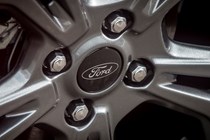
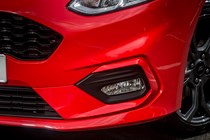
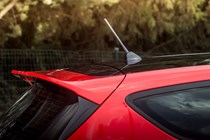
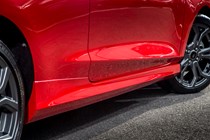
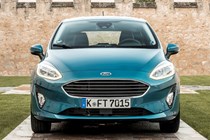
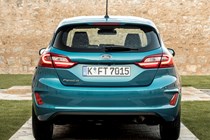
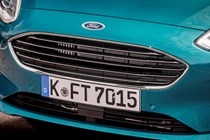
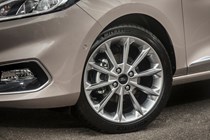
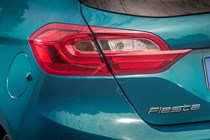

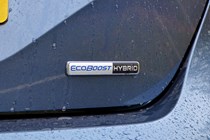

.jpg)
.jpg)
.jpg)
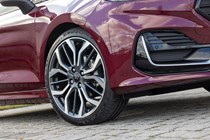
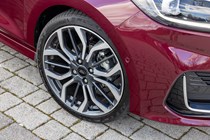
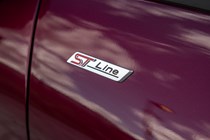
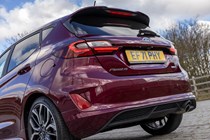
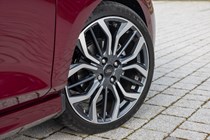
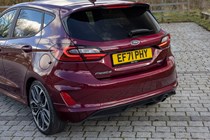
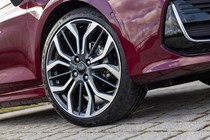
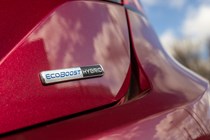
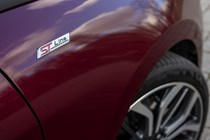
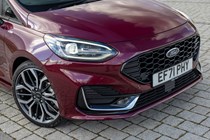

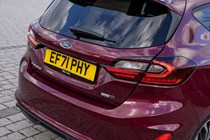

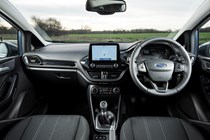
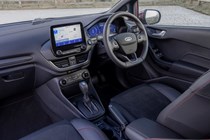
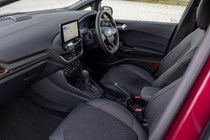
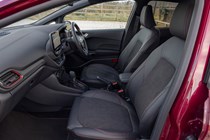

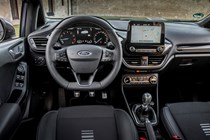
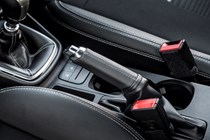
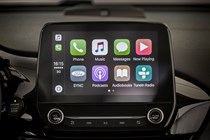
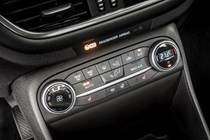
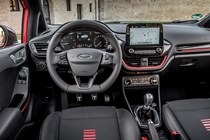
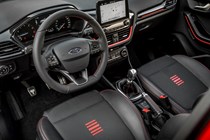
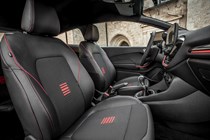
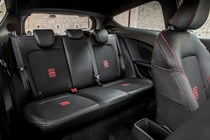
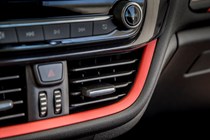
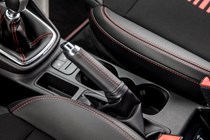


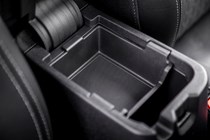
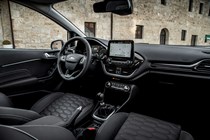
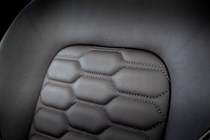


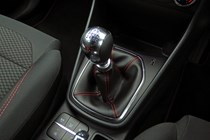
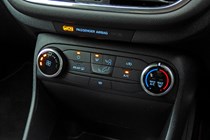
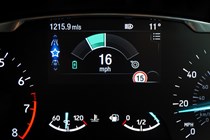
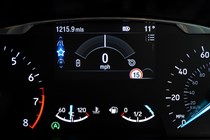
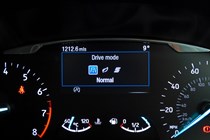
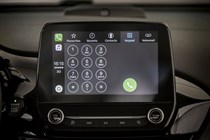
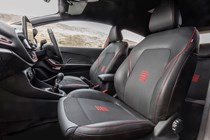
.jpg)
.jpg)
.jpg)
.jpg)
.jpg)
.jpg)
.jpg)
.jpg)
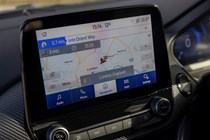
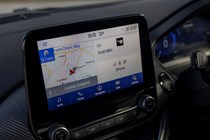
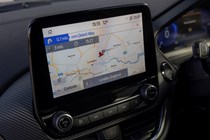
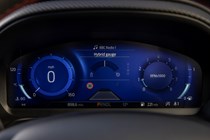
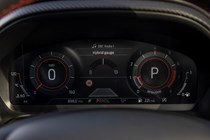
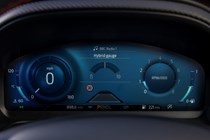
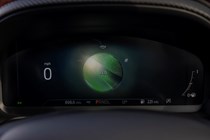
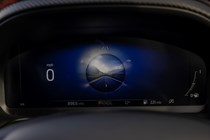
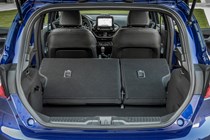
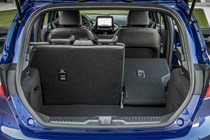
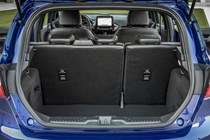
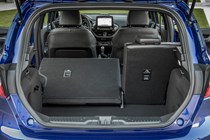
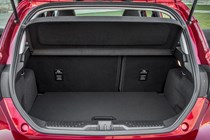
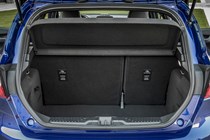
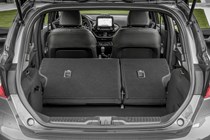

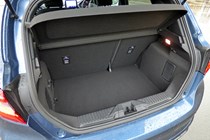
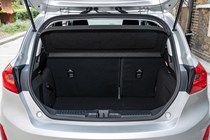
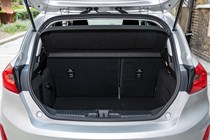
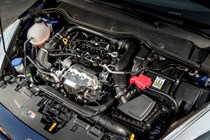

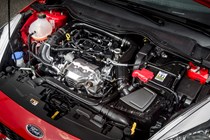
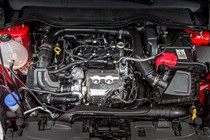
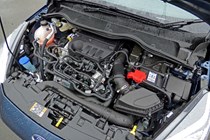
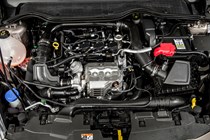
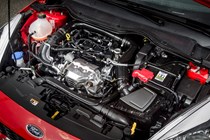
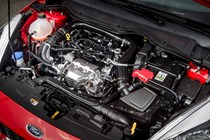





















.jpg?quality=50)
.jpg?quality=50)
.jpg?quality=50)
.jpg?quality=50)
.jpg?quality=50)
.jpg?quality=50)
.jpg?quality=50)
.jpg?quality=50)
.jpg?quality=50)
.jpg?quality=50)
.jpg?quality=50)
.jpg?quality=50)
























.jpg?quality=50)
.jpg?quality=50)
.jpg?quality=50)



































.jpg?quality=50)
.jpg?quality=50)
.jpg?quality=50)










































.jpg?quality=50)
.jpg?quality=50)
.jpg?quality=50)
.jpg?quality=50)
.jpg?quality=50)
.jpg?quality=50)
.jpg?quality=50)
.jpg?quality=50)


























